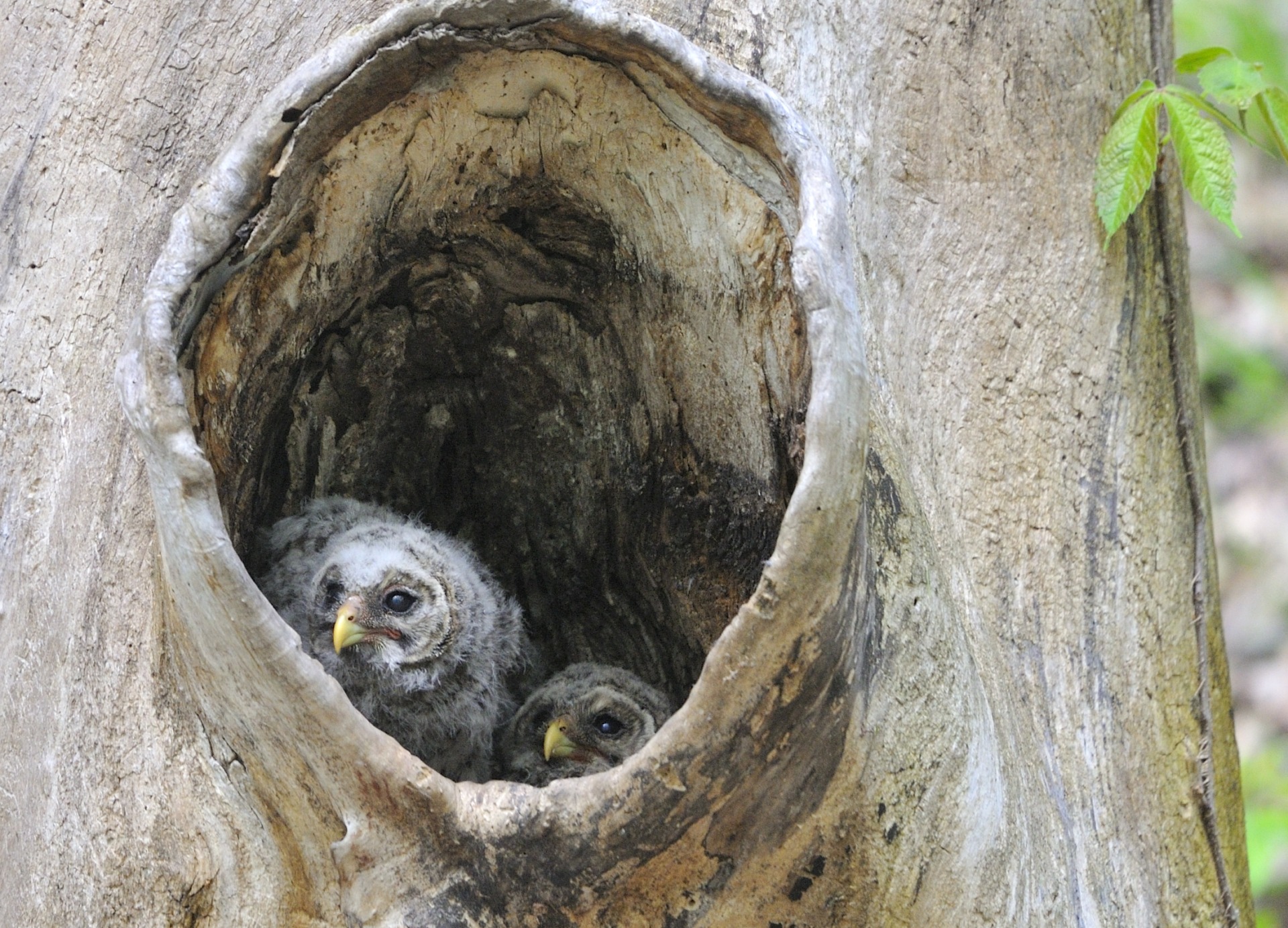Natural Real Estate: A bird's humble abode
Marla Mertz, Marion County Conservation
When it comes to actual nesting times in our natural world, the drama of defending territories can cause quite a rumble. This is the time that some of our birds get a little ruffle in their feathers.
Eagles are fashioning their nest to lay eggs as early as February or March. Another resident bird of prey is ready to nest during the latter portion of January into February - the great horned owl. Some know this owl as the “tiger of the woods” because of its fierce attitude. The great horned is Iowa’s largest and most adaptable owl and considered Iowa’s earliest nesters, commonly laying two eggs in late January or early February. Great horned owls are monogamous (one male and one female and neither has any involvement with other nesting birds) and defend their territories beginning in late fall. These cat-like owls typically nest in large trees like cottonwoods and oaks, but use nests built by red-tailed hawks, eagles, crows, squirrels, and herons. It’s likely that great horned owls nest early due to the availability of unoccupied nests. There seems to be some discrepancy on who may be the earliest nesters in Iowa, the owl or the bald eagle.
Eagles are considered prolific nest builders, possibly building more than one nest within their territory, but that territory only holds one breeding pair. One nest may be used for a year but then another may become the chosen nest site the following year. Stick carrying and additions to a nest usually begin in late fall and continue into early spring. If you ever observe the building of an eagle’s nest, they can easily transform into a very massive piece of real estate seemingly overnight. Nests can be seven feet wide and up to ten feet deep. Some nests have weighed in as much as two tons.
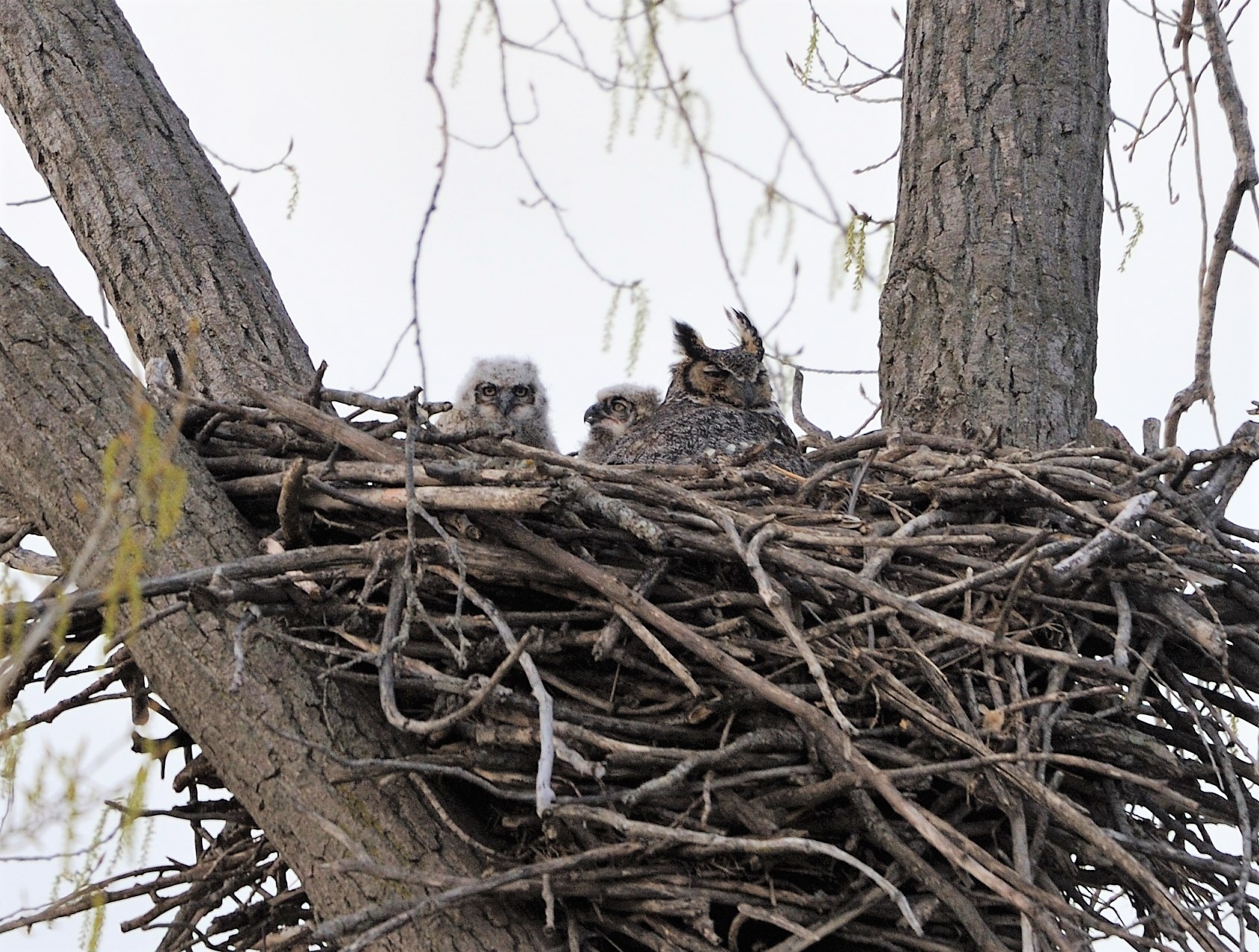
When unoccupied nests are located, it is of great opportunistic skill to adopt (or snatch) another’s nest. If you have watched the Decorah eagles online, you know when the great horned owls appear and the drama that occurs when the eagles return. An established pair of birds, whether an eagle or bluebird, do not want to return to their nest and find unwanted guests.
Natural real estate is considered priceless. The competition of some of our highly respected predators, nesting habitats and behavior seem to make or break a successful nesting season for many birds. Squirrels may build up to three nests in a tree only to use one of them as their family home. The reasoning behind this is to deter predators as to which nest they are actually in. The squirrel nests are bound to be adopted by a bird who will rework for their needs.
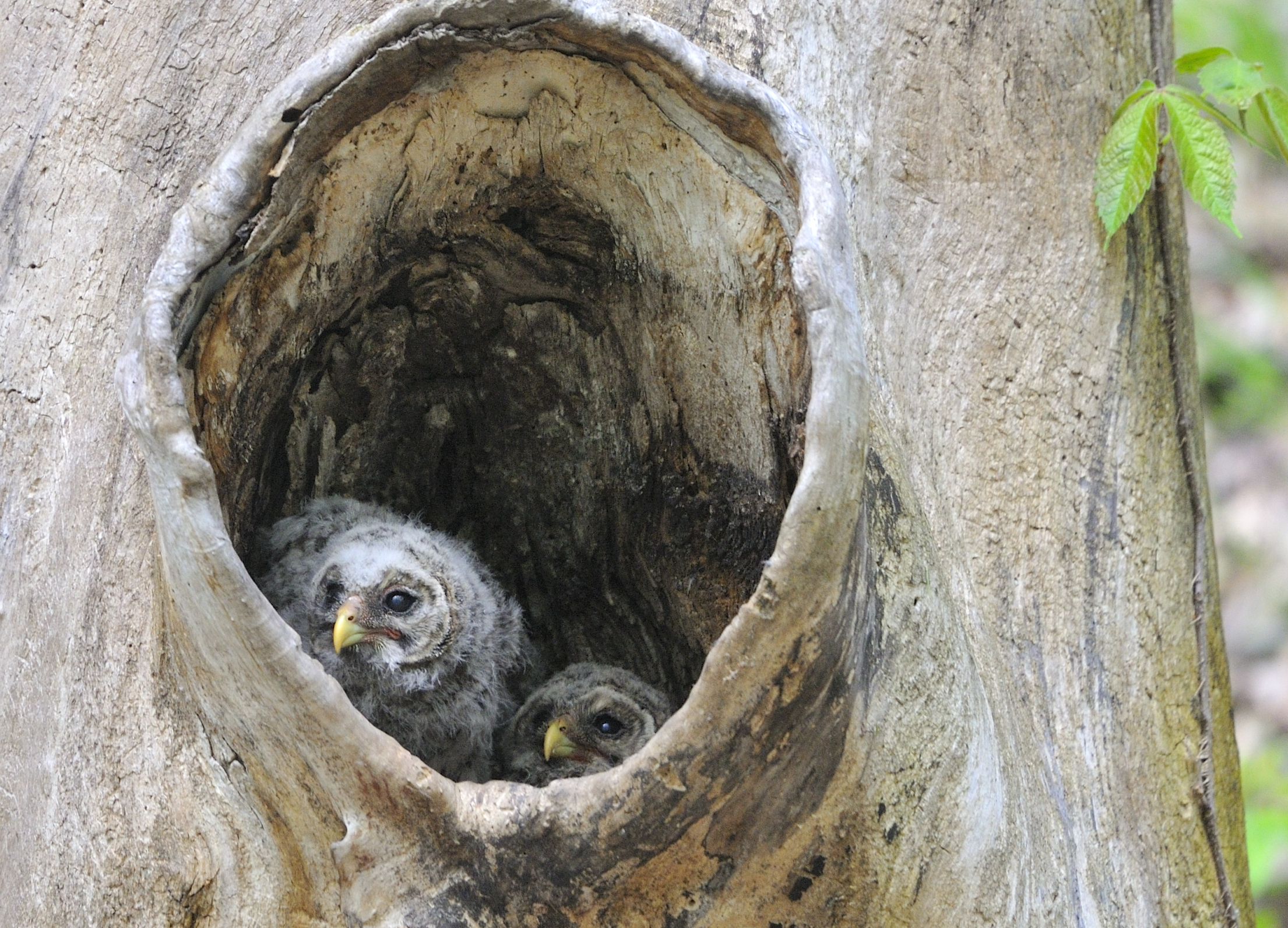
Screech owls adopt woodpecker holes and wood duck cavities and boxes. Barred owls adopt raccoon nesting cavities, and we could go on and on with numerous species utilizing another bird or animal’s work. Sparrows and chickadees may nest within an eagle’s nest as they are not bothered by the eagles and vice versa.
Have you seen a goose use a nest in a tree?
- Check out this 1986 Mutual of Omaha Wild Kingdom episode "Where Geese Nest in Trees" that shows how Canada geese in a Montana wildlife reserve adapted to using old osprey platform nests to keep their eggs safe from predators.
Quality natural real estate is not just up in a tree. Many water-loving birds will utilize beaver and muskrat houses for their nesting site.
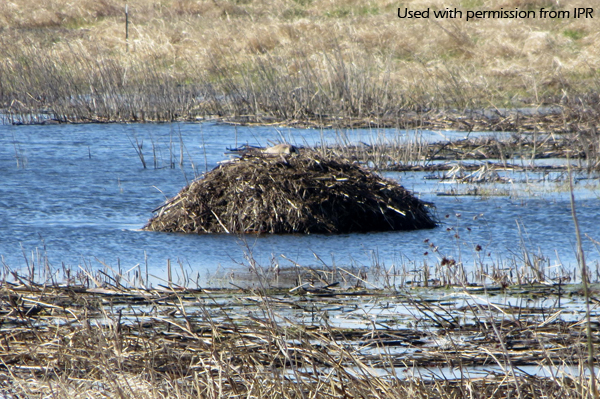
Osprey may return from their migration from South and Central America only to find that their large stick nests are being checked out by a pair of red-tailed hawks.
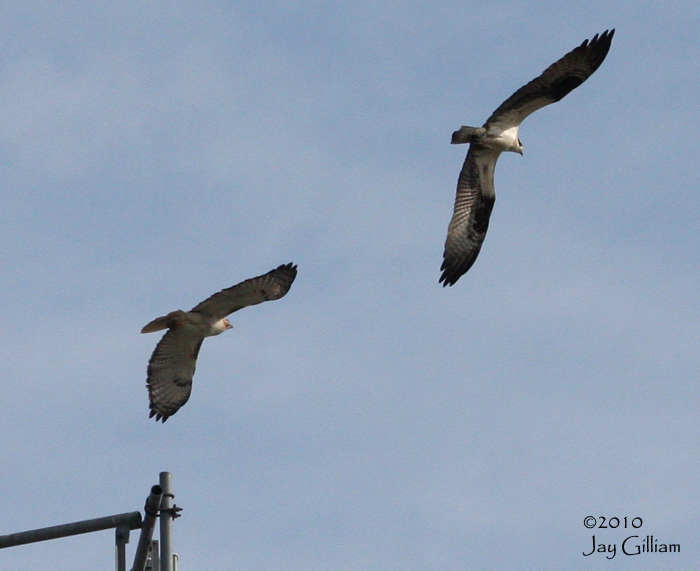
Natural home building creates more nesting habitats for many species. The more diverse the habitat, the more that different species will utilize other’s humble abodes.
Check out more birdie abodes in this Google Photos album.
published Monday, January 3, 2022

